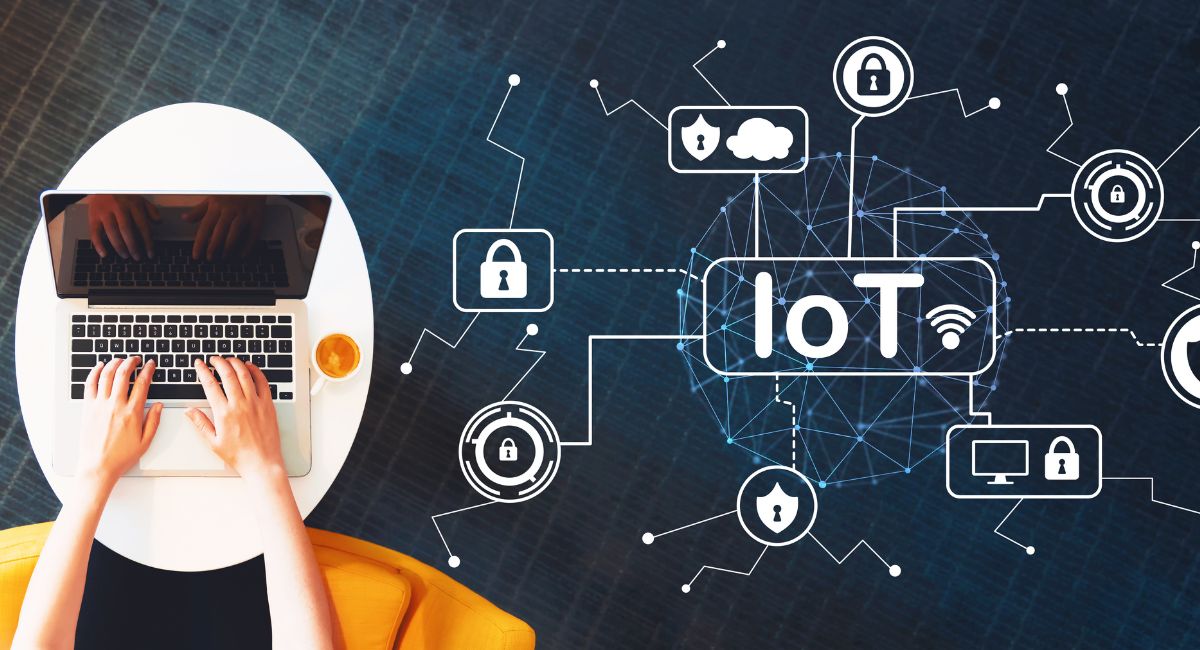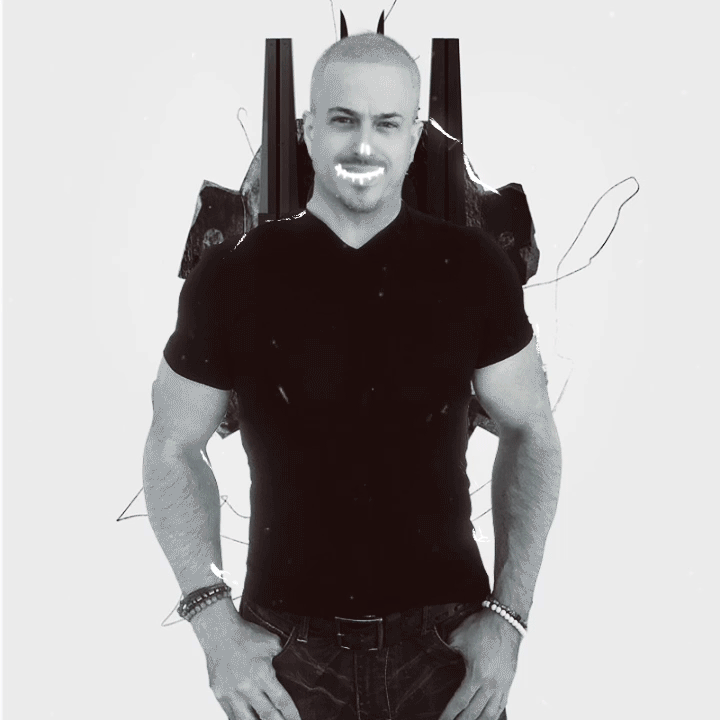
DIDs On The Blockchain: How Decentralized Identifiers Are The Future Of Digital Identity
DIDs, or Decentralized Identifiers, are a standard that was made by the W3C, which is mostly in charge of setting rules for the whole web. This has become a possible way to manage digital identities around the world and across different technologies, but it has a long way to go before it is widely used. Also, the technical information about DIDs is more confusing than it needs to be. Who sets up a DID, how do you get one, how many can you have, and who decides which ones are real and which ones aren’t?
You have an online name. From cookies to session storage to credit cards stored in the browser to the contents of your crypto wallet and the information about you stored in hundreds of databases across the web, your digital identity is scattered and digital. We take our digital identities with us everywhere, not just online. Now, you can pay at the register with the phone that’s always in your pocket, and all of my membership cards are virtual, too. This means that not only does the store where I have a membership know about me, but so does the app I used to store my cards.
This makes a complicated structure of puzzle pieces that make up our digital selves. What’s more, our online identities and digital selves are now a big part of who we are, not something extra. If someone steals your social media account or pretends to be you online, it can hurt you in a lot of different ways. It can cause people to lose their jobs, have health problems, and, most often, have mental health problems.
Our current systems for managing this important part of our lives have gotten us to where we are today as a digitally native society, but they are far from perfect. Getting someone else’s password is easy; even two-factor authentication can be faked in many ways. So, how do we move on?
What do DIDs mean?
When we talk about DIDs, we mean a certain way that digital identifiers are used. Think of this as a standard way to show who or what someone or something is when they log in.
Decentralized Identity (DID) is a user-centric identity system created, owned, and controlled by individuals themselves. Each user has a unique Decentralized Identifier (DID) associated with cryptographic content to authenticate users and verify their credentials.
— Rebus
(@RebusChain) March 16, 2023
But the first “D,” which stands for “decentralised,” is a very important part of DIDs.
In most login systems, a single authority controls and checks your identity. Log in with Google or Facebook is a great example of this. Both of these services let you sign in to and use a lot more websites than just the ones made by the companies that offer those services. But those services are still in charge of making sure you are who you say you are, and the process of verifying or authenticating a third-party service depends on them.
When an identity is decentralised, no one group or authority has full control over it. Your public address on a crypto wallet like Metamask is a great example of this. Metamask is an app that makes it easy to use the blockchain. It also works as a cryptographic key to prove that you really own a certain public identity.
On the ethereum blockchain, anyone can make a wallet, and if you have a wallet, you can verify yourself as the owner without using a third party or showing someone else that you own that wallet. This is what it means to have no one person in charge.
Also, read – Top 5 Effects Blockchain Has On Digital Identity
How a DID Works
You can think of how a DID looks like how we type website addresses into our browsers. When you go to a website, you have the protocol (https://), the website (example.com), and maybe a path or page identifier (/about.html).
If this doesn’t make much sense to you, you’re not the only one. Even if you know what each part of a DID does, you only really need to worry about this structure if you are making a new DID Method or if you want to check someone’s decentralised identity.
The parts of DID are the following:
- Scheme: This will ALWAYS just be DID for a DID. The first part of this means nothing more than that we’re working with a decentralised identifier.
- DID Method: The real meat of a DID is the DID Method. This is the name of the group the identifier is a part of. The DID Method would be like example.com if a did were a website. It tells the reader where they are and what they are talking about.
- The third part of the DID Method Specific String is also important. This string, which is just a group of letters and numbers next to each other in computer language, is the public identifier for whoever or whatever needs to be found inside the DID Method.
Who Can Have A DID?
A DID can be used by anyone or anything. A DID doesn’t have to be a person. It could be a specific account, a pet, an item in an inventory, a governing body, a specific bacterium, or anything else. What’s important is that DIDs are verified in a way that isn’t controlled by a single place and is linked to only one person. You may already have DIDs that you aren’t even aware of.
This content was originally published here.


